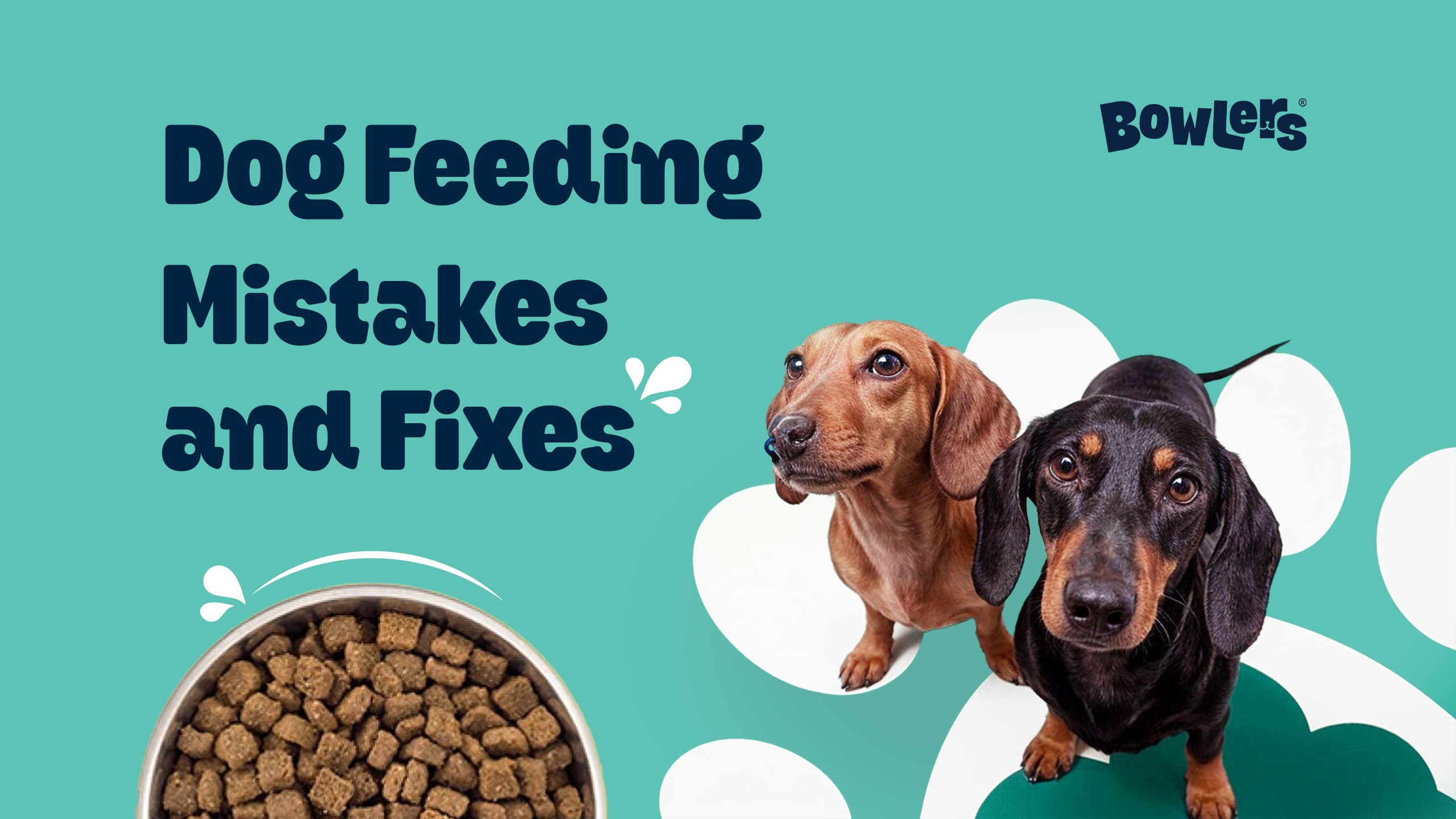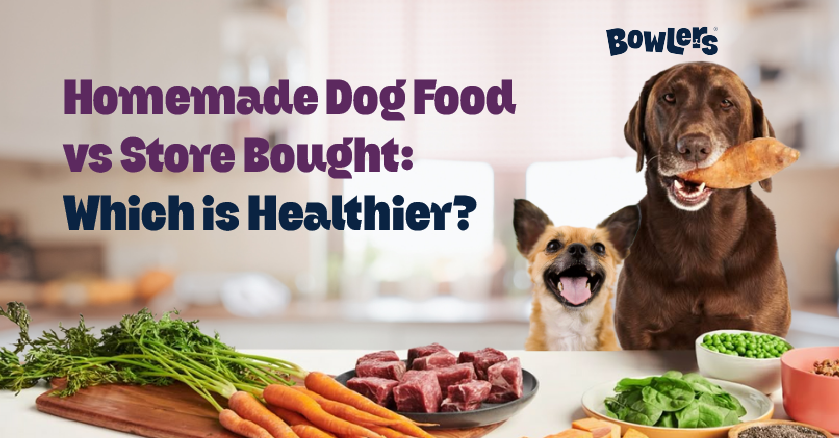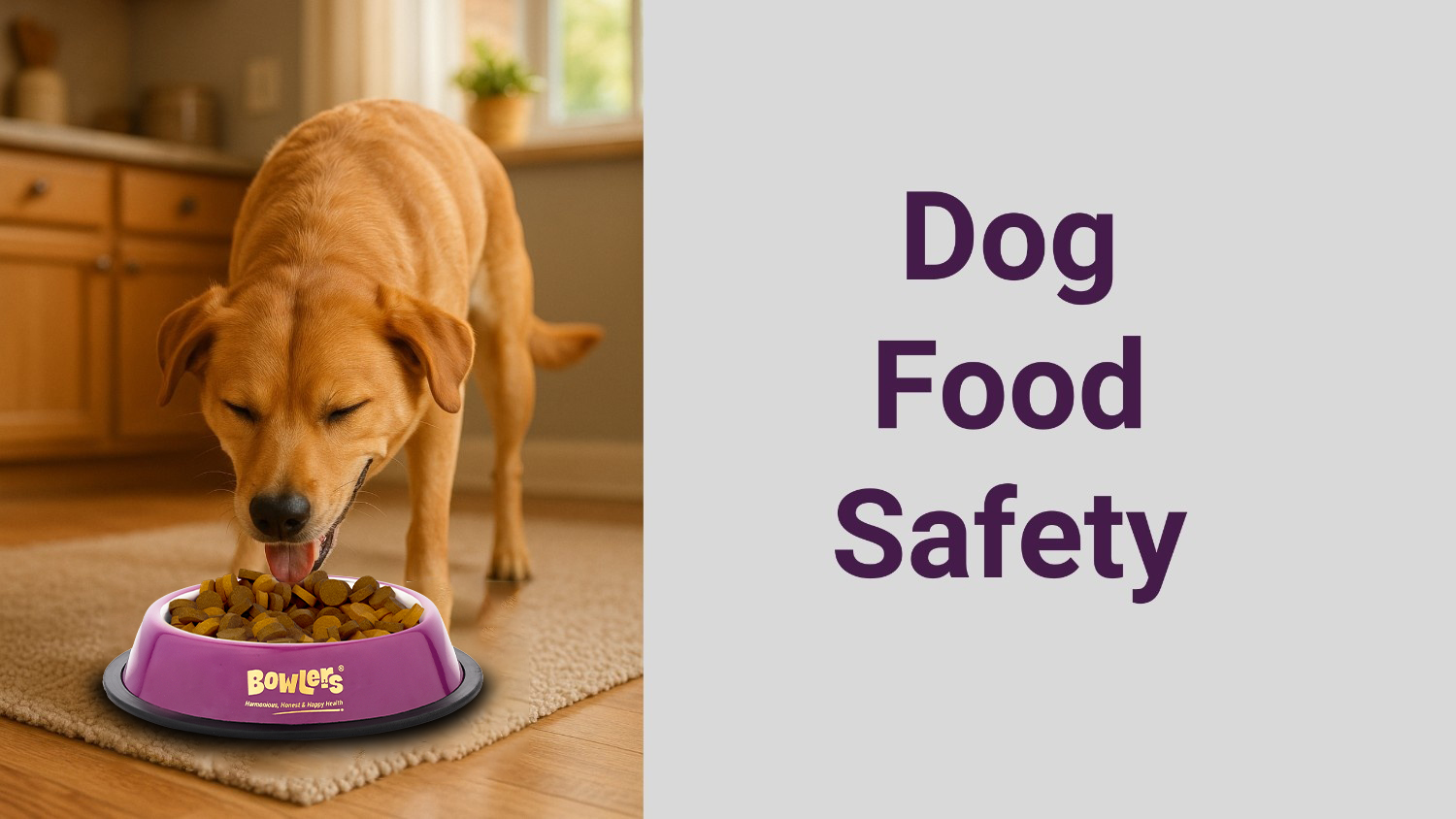Common Dog Feeding Mistakes and How to Avoid Them

Table of contents
- Mistake 1: Overfeeding Dogs
- Mistake 2: Feeding Unhealthy Food for Dogs
- Mistake 3: Skipping Proper Dog Nutrition
- Mistake 4: Inconsistent Feeding Schedules
- Mistake 5: Confusing Treats with Meals
- Mistake 6: Ignoring Age, Breed, and Lifestyle
- Mistake 7: Falling for Marketing Tricks
- Mistake 8: Relying on Homemade Food Without Balance
- Mistake 9: Not Monitoring Body Condition
- Mistake 10: Ignoring Fresh Water
- Building Healthy Feeding Habits for Dogs
Feeding your dog seems simple—fill the bowl, and your furry friend takes care of the rest.
But in reality, many pet parents unknowingly make dog feeding mistakes that can affect
their dog’s health, energy, and even lifespan. From portion sizes to ingredient choices,
small missteps can lead to long-term issues.
In this blog, we highlight the most common mistakes owners make, explain their impact,
and share safe dog diet practices to keep your companion thriving.
Mistake 1: Overfeeding Dogs
One of the most frequent errors is giving too much food. Many owners confuse love with
food, leading to an overweight pet. Overfeeding dogs can result in obesity, diabetes,
heart strain, and joint problems.
How to Avoid It
- Use a dog feeding chart by weight to calculate portions.
- Stick to a best feeding schedule for dogs (usually 2–3 meals per day, depending on age and breed).
- Avoid “free feeding,” where food is left out all day.
For precise guidance on portions, check out our cluster:
How Much Should You Feed Your Dog Daily? Breed & Weight Guide
Mistake 2: Feeding Unhealthy Food for Dogs
It’s tempting to share table scraps, but many human foods are unsafe or even toxic.
Chocolate, grapes, onions, and certain spices can cause severe reactions.
Even “healthy” foods like excess cheese or fried items may upset digestion and
contribute to long-term health issues.
How to Avoid It
- Stick to nutritious pet food for dogs that meets AAFCO (Association of American Feed Control Officials) standards.
- Learn which are considered safe human food for dogs before sharing.
- Use treats sparingly and ensure they’re made for pets, not people.
Want to make smarter choices? Read:
How to Read Dog Food Labels: What Every Pet Parent Should Know
Mistake 3: Skipping Proper Dog Nutrition
Not all dog foods are created equal. Some cheaper products are filled with fillers,
artificial flavors, and low-quality proteins that don’t support long-term health.
Feeding these regularly can result in nutrient deficiencies or excesses.
How to Avoid It
- Choose balanced diets with high-quality protein, healthy fats, and essential vitamins.
- Look for labels that mention “complete and balanced” according to regulatory standards.
- Consult your vet if your dog has special needs, like allergies or sensitive digestion.
For a detailed foundation, explore our
Complete Guide to Dog Nutrition and Balanced Diets
Mistake 4: Inconsistent Feeding Schedules
Dogs thrive on routine. Feeding at random times can cause digestive upset, lead to
begging behaviors, or increase the risk of bloat in large breeds.
How to Avoid It
- Establish a consistent daily feeding schedule—morning and evening work well for most adults.
- Puppies may need 3–4 meals daily for steady growth.
- Remove uneaten food after 15–20 minutes to reinforce structure.
Mistake 5: Confusing Treats with Meals
Treats are meant for training and rewards, not as a replacement for meals.
Many owners overindulge, forgetting that treats add calories without full nutrition.
How to Avoid It
- Treats should make up no more than 10% of daily calorie intake.
- Choose healthy treats—lean meats, carrot sticks, or high-protein options.
- Use kibble pieces during training to avoid extra calories.
Mistake 6: Ignoring Age, Breed, and Lifestyle
A puppy vs adult dog diet varies greatly. Puppies need more calories and protein
for growth, while seniors may require joint support and controlled calories.
Similarly, active breeds like Border Collies need more fuel than lap dogs like Pugs.
How to Avoid It
- Adjust food type and portion based on life stage.
- Large breeds may need dog joint supplements for support.
- Consult your vet regularly as your dog ages.
Mistake 7: Falling for Marketing Tricks
Product labels and descriptions are designed to highlight benefits, but it’s essential
to review the actual ingredients and nutritional value. True quality is determined by
what’s inside, not just the claims on the packaging.
How to Avoid It
- Learn how to analyze ingredient lists and guaranteed analysis panels.
- Prioritize protein sources over fillers like corn or soy.
- Be cautious of vague terms like “meat by-product.”
For clarity, check our blog:
How to Read Dog Food Labels: What Every Pet Parent Should Know
Mistake 8: Relying on Homemade Food Without Balance
While homemade dog food recipes are trending, they can sometimes lack essential
nutrients like calcium, zinc, or certain vitamins. Without proper planning, this can
cause deficiencies.
How to Avoid It
- Work with your vet or canine nutritionist if preparing home meals.
- Use supplements when necessary to balance homemade diets.
- Alternate with high-quality commercial meals for safety.
Read more in:
Homemade Dog Food vs Store Bought: Which is Healthier?
Mistake 9: Not Monitoring Body Condition
Feeding mistakes often go unnoticed until weight gain or loss becomes obvious.
Relying only on the scale is misleading—body condition scoring (BCS) is more accurate.
How to Avoid It
- Check if ribs are easily felt but not sticking out.
- Look for a visible waistline when viewed from above.
- Adjust portions as needed for seasonal activity changes.
Mistake 10: Ignoring Fresh Water
Food often takes the spotlight, but hydration is equally important.
Lack of clean water can lead to urinary issues, dehydration, and kidney stress.
How to Avoid It
- Provide fresh, clean water at all times.
- Wash water bowls daily to prevent bacterial growth.
- Monitor intake—sudden changes may indicate health issues.
Building Healthy Feeding Habits for Dogs
Avoiding dog feeding mistakes comes down to awareness and consistency.
Practicing healthy feeding habits for dogs not only ensures proper nutrition
but also prevents costly health problems.
At Bowlers, we believe in a clear approach to pet wellness:
- Provide proper dog nutrition with balanced, complete food.
- Educate pet parents about safe practices.
- Encourage smarter feeding choices backed by science, not myths.
Feeding your dog right is one of the most important ways to show love.
From avoiding unhealthy food for dogs to preventing overfeeding,
each step contributes to a healthier, happier life.


